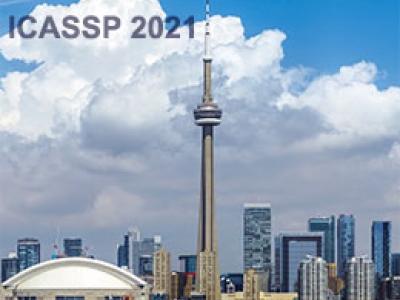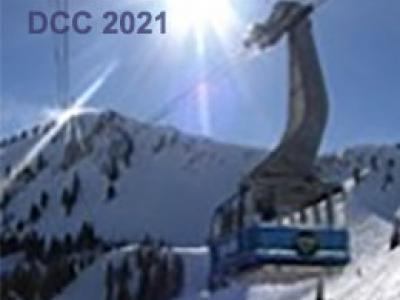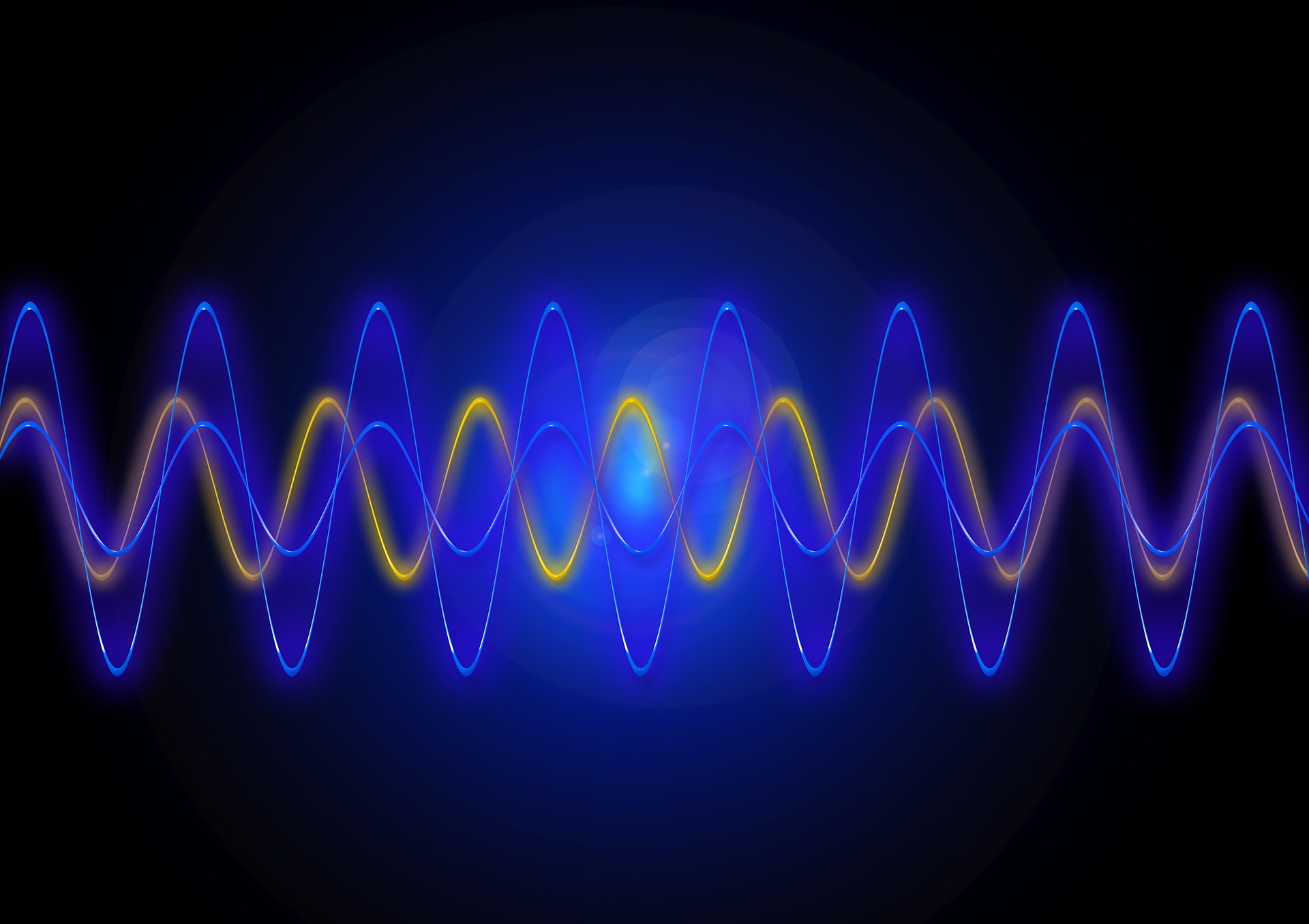


- Read more about 3D-CVQE:An Effective 3D-CNN Quality Enhancement for Compressed Video Using Limited Coding Information
- 1 comment
- Log in to post comments
- Categories:
 114 Views
114 Views
- Read more about Fast Partitioning for VVC Intra-Picture Encoding With a CNN Minimizing the Rate-Distortion-Time Cost
- Log in to post comments
- Categories:
 147 Views
147 Views
- Read more about Video-Decoder Power Consumption on Android Devices: Power-Estimation Method, Dataset Creation, and Analysis Results
- Log in to post comments
This paper presents a software-based method for estimating the power consumption of video decoders on various Android devices. Using this method, we developed an automatic system that consists of the VEQE Android application to measure the power consumption of video decoders and a server to collect the metrics. The system allowed us to create power-consumption and decoding-speed dataset for video decoders operating on 236 devices, representing 147 models.
- Categories:
 69 Views
69 Views
- Read more about Video-Decoder Power Consumption on Android Devices: Power-Estimation Method, Dataset Creation, and Analysis Results
- Log in to post comments
This paper presents a software-based method for estimating the power consumption of video decoders on various Android devices. Using this method, we developed an automatic system that consists of the VEQE Android application to measure the power consumption of video decoders and a server to collect the metrics. The system allowed us to create power-consumption and decoding-speed dataset for video decoders operating on 236 devices, representing 147 models.
- Categories:
 10 Views
10 Views
- Read more about Dynamic Point Cloud Texture Video Compression using the Edge Position Difference Oriented Motion Model
- Log in to post comments
Immersive media representation format based on point clouds has underpinned significant opportunities for extended reality applications. Point cloud in its uncompressed format require very high data rate for storage and transmission. One approach to compress point clouds is the video based point cloud compression (V-PCC) technique which projects a dynamic point cloud into geometry and texture video sequences. The projected texture video is then coded using the coding tools offered by modern video coding standard like HEVC.
- Categories:
 69 Views
69 Views
- Read more about Convolutional Neural Network-based Split Prediction for VVC Intra Speedup
- Log in to post comments
presentation.pdf
- Categories:
 69 Views
69 Views
Flow-based generative models are successfully applied in image generation tasks, where an invertible neural network (INN) is built up based on flow steps. Learning-based compression commonly transforms the input into a compact space and then implements a reconstruction network in the decoder accordingly. By utilizing low-resolution images, traditional or adaptive downsamplers with their corresponding traditional or learned upsamplers usually achieve better coding quality at a low bit-rate.
script.pptx
script.pptx
- Categories:
 124 Views
124 Views
- Read more about Reducing Image Compression Artifacts for Deep Neural Networks
- Log in to post comments
Existing compression artifacts reduction methods aim to restore images on pixel-level, which can improves human visual experience. However, in many applications, large-scale images are collected not for visual examination by human. Instead, they are used for many high-level vision tasks usually by Deep Neural Networks (DNN). One fundamental problem here is whether existing artifacts reduction methods can help DNNs improve the performance of the high-level tasks. In this paper, we find that these methods have limited performance improvements to high-level tasks, even bring negative effects.
- Categories:
 35 Views
35 Views